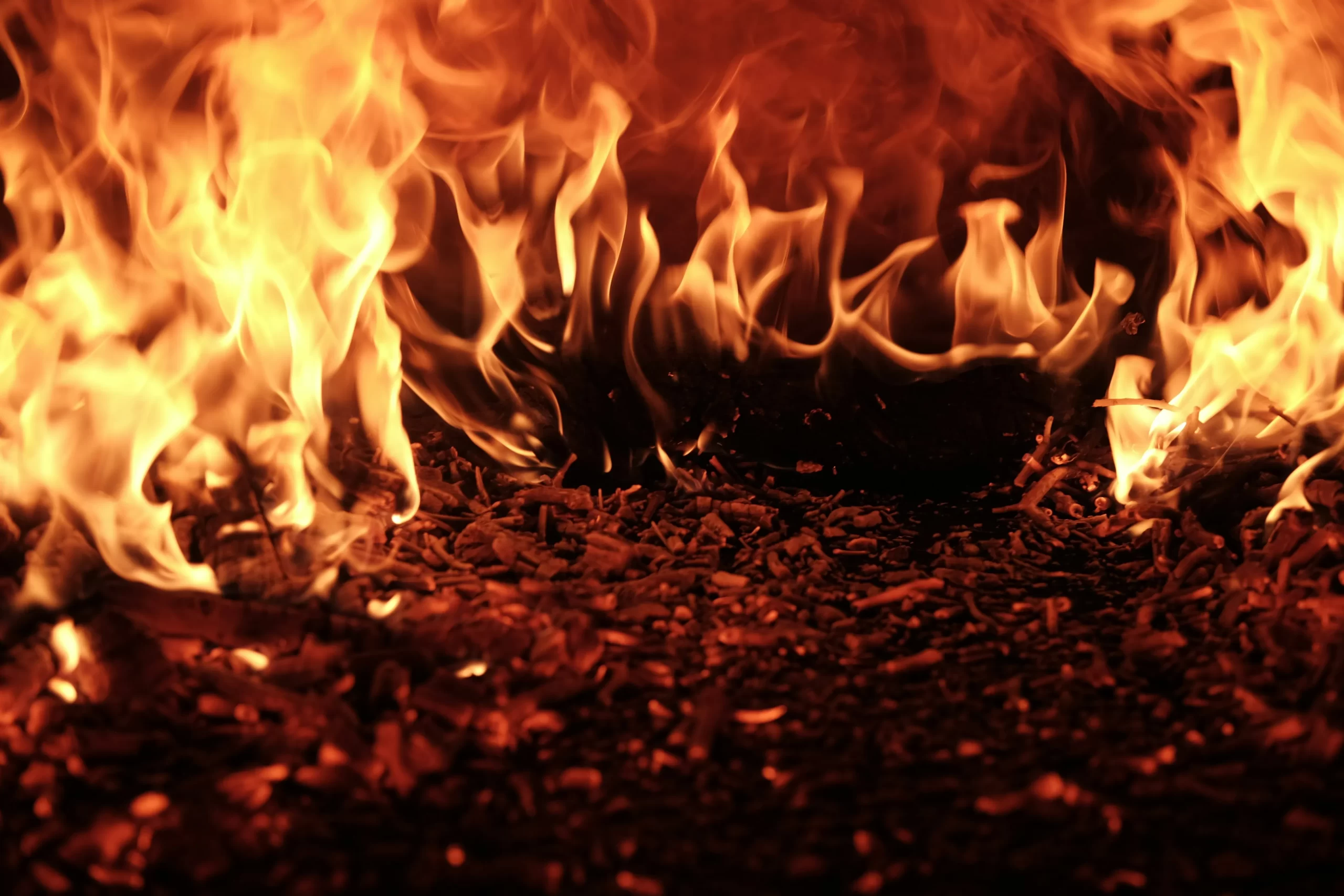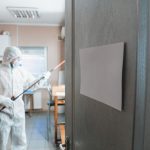Our Address:
Fire incidents in commercial properties can cause extensive damage, not only to the structure and contents of the buildings but also to the morale and operations of the businesses housed within them. Understanding the process of fire damage assessment and implementing effective restoration strategies are crucial steps toward recovery. Organizations like Commercial Interior Solutions (CIS), serving Tampa, St. Petersburg, Clearwater, Largo, and the surrounding areas, specialize in navigating these complex processes, ensuring properties are safely and efficiently restored. This guide outlines the essential phases of fire damage assessment and the strategies for effective restoration.
Initial Assessment and Safety
Immediate Safety Evaluation: The first priority is ensuring the structure is safe to enter. This may involve evaluations by fire departments, structural engineers, and safety inspectors to identify hazards and structural stability.
Comprehensive Damage Assessment: A thorough assessment by fire restoration professionals will catalog the extent of the damage. This includes examining the impact of flames, smoke, soot, water, and chemicals used in firefighting efforts.
Fire Damage Assessment and Restoration Documentation for Insurance Claims
Detailed Inventory: Documenting the damage with a detailed inventory of lost and damaged property, including photographs and descriptions, is essential for insurance claims and tax purposes.
Insurance Notification: Contact your insurance provider as soon as possible to report the fire incident and start the claims process, providing them with the preliminary assessment report and inventory of damages.
Cleaning and Salvage Operations
Soot and Smoke Removal: Specialized cleaning techniques are employed to remove soot and smoke residues from surfaces, preventing further damage and eliminating odors.
Water Extraction and Drying: Water used in extinguishing the fire must be promptly removed, and the property dried to prevent mold growth and additional water damage.
Salvaging Contents: Items that are salvageable will be cleaned, sanitized, and restored. Non-salvageable items should be documented and properly disposed of.
Structural Restoration and Reconstruction
Structural Repairs: Addressing structural damage is a priority. This may involve repairs or reconstruction of affected areas to ensure the integrity and safety of the building.
Interior and Exterior Restoration: After structural issues are addressed, the focus shifts to interior and exterior restoration, including walls, flooring, ceilings, and fixtures, to bring the property back to its pre-fire condition.
Systems Restoration: Electrical, plumbing, HVAC, and other critical systems will be inspected, repaired, or replaced as necessary to ensure they are safe and functional.
Smoke Odor and Air Quality Management
Odor Elimination: Professional deodorization processes are used to eliminate smoke odors, ensuring a clean and fresh environment.
Air Quality Improvement: Air purification systems may be employed to remove particulate matter and improve indoor air quality, safeguarding the health of future occupants.
Final Inspection and Future Prevention
Comprehensive Inspection: A final inspection by restoration professionals ensures that the restoration meets safety and quality standards and that the property is ready for occupancy.
Implementing Preventive Measures: Lessons learned from the fire can inform improvements in fire safety and prevention practices, including better fire detection systems, fireproof materials, and emergency preparedness training.
Recovering from fire damage in a commercial setting involves a series of strategic steps, from initial assessment and safety checks to detailed documentation for insurance, through to the cleaning, restoration, and reconstruction of the property. Engaging with experienced professionals like Commercial Interior Solutions throughout this process ensures that every aspect of fire damage is thoroughly addressed, leading to the efficient and effective restoration of the property. By following a structured approach to assessment and restoration, businesses can emerge from the aftermath of a fire stronger and more resilient.





